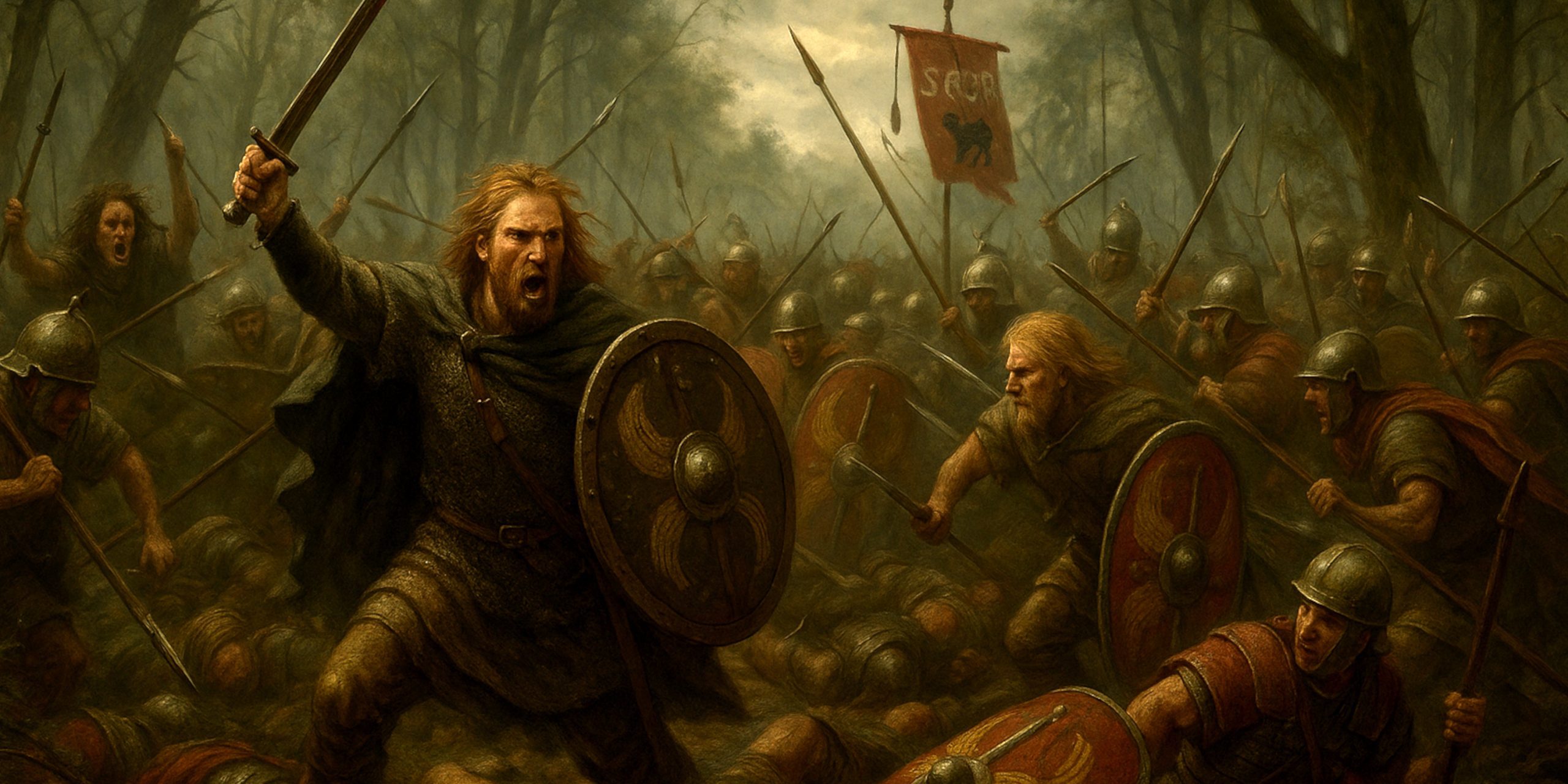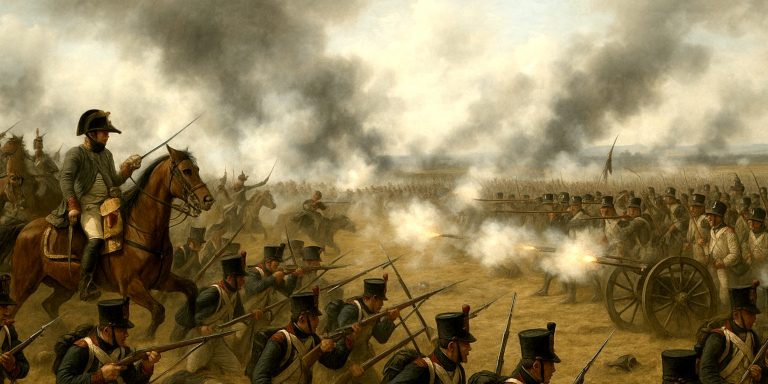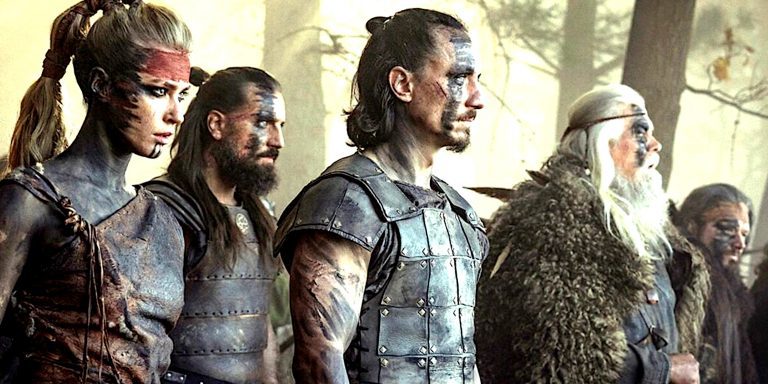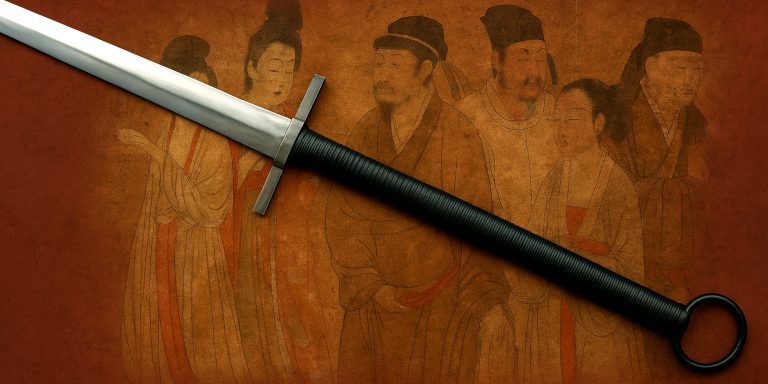
Arminius, also known by his Germanic name Hermann, was a Cheruscan nobleman and Roman-trained military leader who famously orchestrated the destruction of three Roman legions in the Teutoburg Forest in AD 9. This decisive ambush halted Roman expansion east of the Rhine and remains one of the most consequential defeats in Roman military history. Yet despite the impact of his actions, Arminius remains an elusive figure, shaped by both Roman accounts and later nationalist myth.
Background and Early Life
Arminius was born into the Cherusci, a Germanic tribe located in the region of modern-day northwestern Germany. As part of Rome’s policy of integrating local elites, Arminius was taken as a youth to serve in the Roman military. He was granted Roman citizenship and rose to the rank of eques (knight), eventually commanding auxiliary troops. His time within the legions gave him detailed knowledge of Roman strategies and weaknesses.
Arms and Armour
Although no definitive personal equipment belonging to Arminius has been found, contemporary sources and archaeological findings from Germanic and Roman sites of the early 1st century AD allow us to sketch out the likely arms and armour he used or encountered:
Germanic Equipment:
- Spear (Framea): The primary weapon of Germanic warriors, used for both thrusting and throwing.
- Seax: A large single-edged blade worn by Germanic tribesmen.
- Round Shield: Typically made of wood, sometimes rimmed with iron, and painted with tribal symbols.
- Minimal Armour: Most Germanic warriors wore no body armour, relying instead on mobility and intimate knowledge of terrain.
Roman Equipment Arminius Would Have Used as a Soldier:
- Gladius: Short Roman stabbing sword, used in close combat.
- Lorica Hamata: Chain mail worn by Roman auxiliaries, offering flexibility and protection.
- Scutum: A large curved rectangular shield.
- Helmet (Imperial Gallic type): Often decorated, with cheek guards and a reinforced brow.
As a former Roman officer turned tribal commander, Arminius likely combined Roman discipline with Germanic guerrilla tactics, creating a hybrid warfare model that outmanoeuvred even experienced Roman generals.
Battles and Military Acumen
Battle of the Teutoburg Forest (AD 9):
- Opposing Commander: Publius Quinctilius Varus
- Roman Forces: Three legions (XVII, XVIII, XIX), plus auxiliaries and civilians
- Germanic Forces: Estimated 15,000 to 20,000 warriors from various tribes under Arminius
- Tactics: Arminius lured Varus into unfamiliar wooded terrain under the pretext of suppressing a rebellion. The Romans were stretched along a narrow forest road and ambushed in successive waves over several days. Swamps and ravines broke their formation, and weather conditions compounded their confusion.
- Outcome: Complete Roman defeat. Varus committed suicide. The three legions were annihilated and never reconstituted.
This ambush demonstrated Arminius’ grasp of terrain, deception, and timing. He weaponised Roman overconfidence and imposed a strategic defeat that would haunt Roman imperial policy for decades.
Subsequent Campaigns:
Arminius faced retaliation from Roman commanders, particularly Germanicus (the adopted son of Emperor Tiberius), between AD 14 and AD 16. Despite repeated Roman incursions, Arminius maintained tribal resistance, although he struggled to maintain unity among the Germanic factions.
He was eventually assassinated by rival chieftains around AD 21, likely due to growing fears that he sought monarchical power.
Archaeological Evidence and Artefacts
Kalkriese Site:
In the late 20th century, archaeological excavations at Kalkriese in Lower Saxony uncovered hundreds of Roman military items, including:
- Armour fragments (lorica hamata)
- Legionary belts and buckles
- Roman coins dated shortly before AD 9
- Sling bullets and ballista stones
- Remains of Roman boots and weapons in defensive positions
These findings are widely accepted as evidence of the Teutoburg Forest battlefield. They suggest the Romans attempted last-ditch fortifications before being overrun.
Where to See Artefacts:
- Museum und Park Kalkriese (Germany): Hosts a large exhibition of recovered items and terrain reconstructions.
- Römisch-Germanisches Museum, Cologne: Displays artefacts from the Roman-Germanic frontier.
- LVR-RömerMuseum, Xanten: Offers broader context of Roman military life on the Rhine frontier, including finds linked to Germanicus’ later campaigns.
Legacy and Interpretation
Arminius’ legacy has shifted with political needs. To the Romans, he was a traitor and barbarian. Tacitus, however, conceded his strategic brilliance in Annals:
“He was beyond doubt the liberator of Germany.”
In later centuries, especially during the 19th-century rise of German nationalism, Arminius (as Hermann) became a cultural hero, culminating in the construction of the Hermannsdenkmal monument near Detmold in 1875.
Modern historians are more cautious. While his ambush reshaped Rome’s frontier policy, Arminius never united the Germanic tribes into a lasting confederation. His power was fragile and ultimately short-lived.
The Seven Swords Takeaway
Arminius was a tactician who exploited Rome’s blind spots with devastating effect. Trained by the empire he would later strike, he knew precisely how to dismantle its military machine in hostile terrain. Although he died young and left no kingdom behind, his influence on Roman strategy was profound. Today, through the combined work of archaeology and careful historical analysis, his shadow still looms over the story of Rome’s northern frontier.
Watch the documentary:



